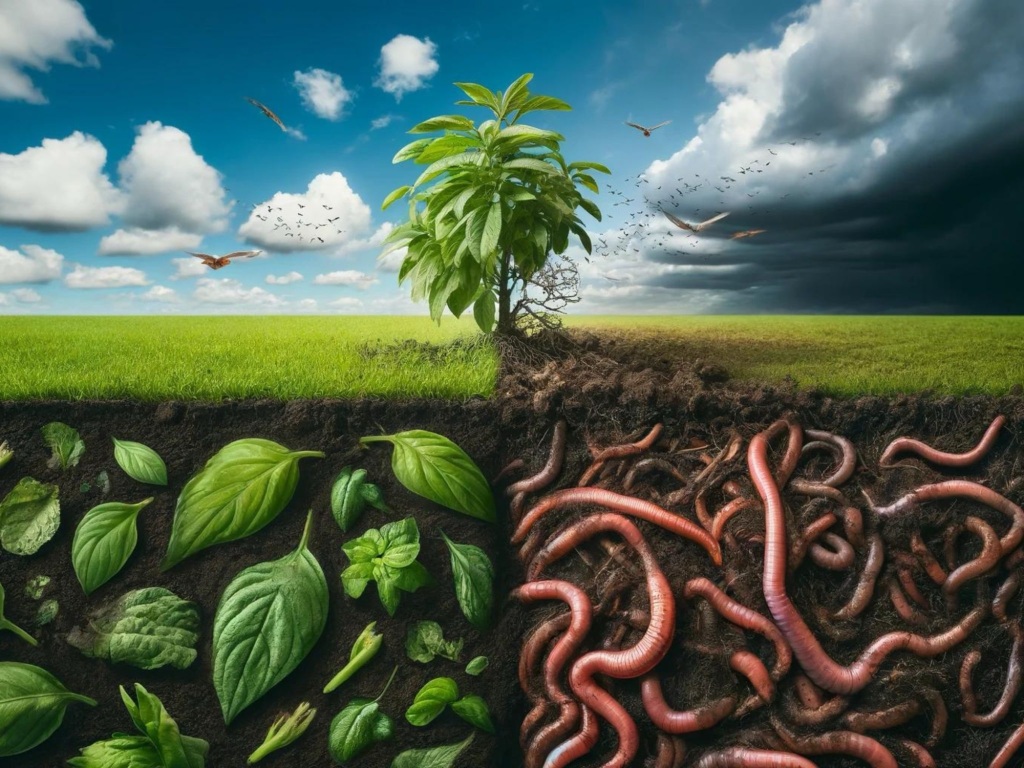
Influence of biochar on the remediation of cadmium-contaminated soil in an Eisenia fetida–Solanum nigrum system. Environmental Chemistry and Ecotoxicology. https://doi.org/10.1016/j.enceco.2024.04.003
Researchers have recently published a study on the effectiveness of biochar in remediating cadmium (Cd) contamination in soils, utilizing an innovative approach involving both earthworms (Eisenia fetida) and plants (Solanum nigrum). This research, appearing in the Journal of Environmental Chemistry and Ecotoxicology, highlights a significant advancement in the field of environmental remediation.
The study explores the use of corn straw biochar at different concentrations (1% and 5% by weight) to improve soil conditions and reduce cadmium bioavailability. The results show that adding 5% biochar notably enhances soil properties such as pH, nitrogen, phosphorus, and organic carbon content, particularly under high cadmium stress conditions. This concentration also substantially increased the metallothionein content in earthworms, a protein crucial for mitigating cadmium toxicity, by over 50% compared to the 1% biochar treatment.
Moreover, the introduction of 5% biochar resulted in significant decreases in the soil’s total and available cadmium levels, indicating a strong reduction in cadmium’s bioavailability. This treatment improved the Cd enrichment and transfer coefficients in Solanum nigrum, suggesting an increased efficiency of the plant in accumulating and tolerating cadmium.
This study’s findings are crucial as they provide a new and effective method for reducing cadmium pollution in soils, offering scientific guidance for the remediation of heavy metal-contaminated sites. The combined use of biochar, earthworms, and hyperaccumulator plants not only enhances soil health and crop safety but also proposes a sustainable and environmentally friendly solution to a pressing global issue.






Leave a comment